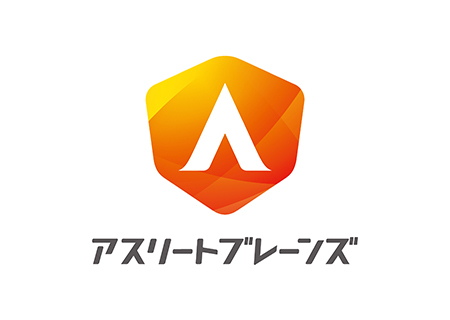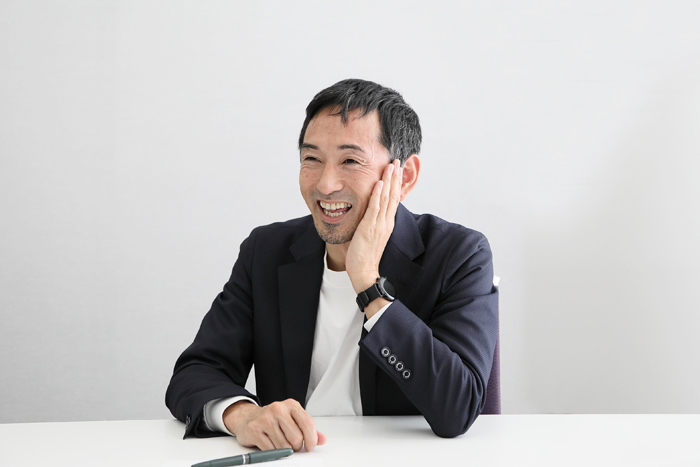A serial interview column where Mr. Dai Tamesue freely discusses "things on his mind right now." The only set theme is "What is autonomy? What is tolerance?" Mr. Tamesue shares his thoughts on various "things on his mind" in response to the mysterious "interviewer's" unexpected prompts. Well now. What kind of stories will come out this time...? Stay tuned.
──We've been discussing the theme "What is breathing?" and this interview marks the final installment on that topic. Thank you for joining us.
Tamesue: Likewise, thank you for having me.
──This might be a bit of a stretch, but for the final part of our "breathing" theme, I'd like to ask Mr. Tamesue, the businessperson, about the idea that "companies breathe too."
Tametsu: Every time, it's a bit of a forced transition, isn't it? (laughs)
──You know how there are "well-ventilated companies" or the opposite, "suffocating meetings"? I think that's a kind of breathing too.
Tamesue: As someone with an athletic background, I think that at the very least, as people age, their "pulse doesn't rise as high." You know the tachometer in a car? The meter that shows the revs, the "Vroom!" of torque. As you get older, that meter doesn't climb as high. A pulse that could reach 190 when you were young might only go up to 175.
──Even a salaryman like me can relate to that.

Tamesue: I once read a book about "traffic jams." Apparently, when a company's pace or rhythm stalls, it's often because just a few people—or even just one person—becomes the bottleneck.
──Like "rigidity," you mean?
Tamese: Exactly. Imagine a project leader at an American company traveling to India. There's a significant time difference. The moment they leave, the project grinds to a halt for hours.
──I totally get that. How do you prevent that? Just relying on perfect teamwork isn't enough, right?
Tamesue: Ultimately, the bottleneck exists because decision-making is centralized. I think the only solution is to delegate authority. Beyond that, it's about "margin." If the structure is truly optimized, even a small bottleneck can bring the entire operation to a sudden halt. Having margin allows you to absorb that.
──I see, I see.
Tamesue: To put it in athletic terms, it's about creating "flow." Find where things are stagnating and make that part flow more easily. Or, if it's not just a local bottleneck but a structural problem, maybe you need to stop the flow entirely and rebuild it from scratch. Of course, that takes courage. Canceling a match or skipping training can be anxiety-inducing and might inconvenience the team, but often, taking a step back and rebuilding the flow anew works out better.
──In terms of this theme of "breathing," it's like saying, "Open the window and take a slow, deep breath."
Tamura: I believe breathing is closely tied to "flow." The flow of blood, the flow of the body, the flow of the times, the flow of opportunities... and so on.
(Interviewer: Web Dentsu Inc. Editorial Department)
From the Athlete Brains Production Team, Arahori
The third installment on breathing. We discussed "how to create breathing room." For example, when building a team for a new project, rather than rigidly defining every detail, establish individual roles while maintaining a collaborative mindset where everyone works together for the team's success. Perhaps such a team, when faced with problems midway, can pause, take a deep breath, and address issues by following the "flow" – ultimately finding a shorter path to success. That's what I felt while listening to Mr. Tamesue's insights based on his experience as an athlete. As Athlete Brains, we draw on unique athletic experiences for team building and workplace environment creation. Please utilize our expertise in various situations.
Athlete Brains Production Team: Dentsu Inc. / Akinori Hibi (3CRP) · Kanako Nakanishi (BXCC) · Genta Arahori (Late Bureau)

Athlete Brains, led by Dai Tamesue.
For details on this team that leverages knowledge cultivated by athletes to solve challenges in the world (businesses and society), click here.











